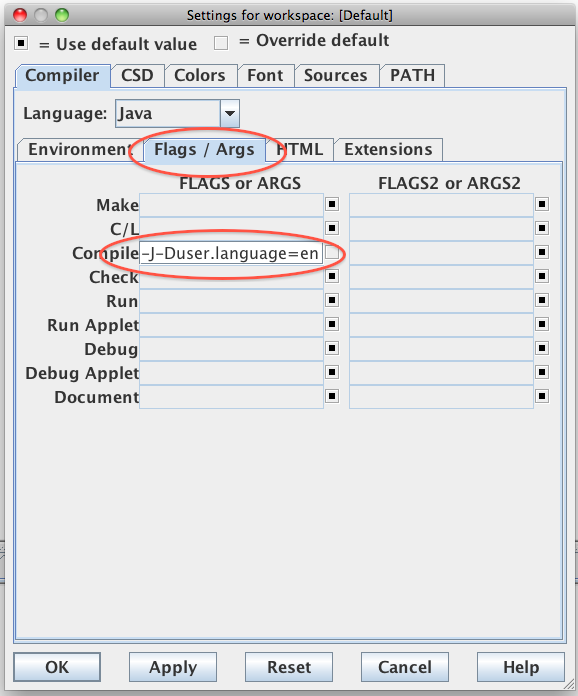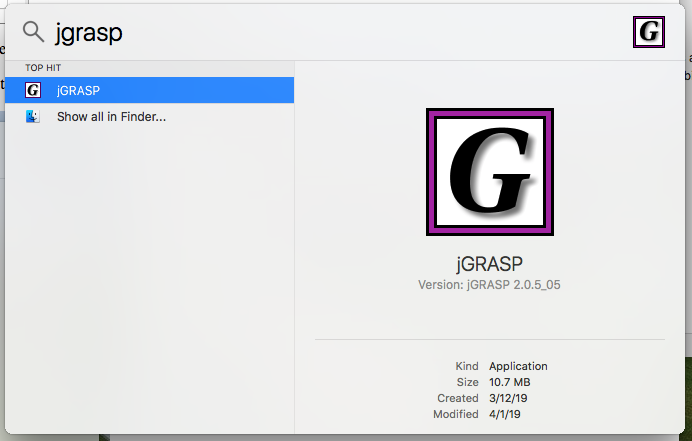


So, I tried to do path traversal using payloads like. I could be sure that this exists because a login request was sent to this file and it resided in the webroot. For this, I used the Auth.aspx to which the login request was sent. Now, I just had to provide a valid file name. However, we had the ability to change the file name. So, after successfully uploading a file, we were given the functionality to read the file.Īfter clicking the “ ReadFile” button, it filled the file name field to the current uploaded filename by default. We want to discuss Path Traversals here and not RCEs. I tried getting RCE by uploading a web shell and it actually worked! However, that’s a different story. Upon further inspecting these sections, I came across an interesting functionality that involved importing the data. Also, even though I was pretty new to the platform and to the whole bug bounty thing in general, this report won the quality round so I am very proud of this particular report.Īfter logging into the application, the application provided a bunch of sections like manage vendors, manage inventory, etc with a bunch of functionalities. This was the very first Path Traversal vulnerability that I had found in Synack Red Team.
#Jgrasp com code
Path Traversal Allows To Download Licence Keysĭescriptions ⌗ Path Traversal Vulnerability Leads To Source Code Disclosure ⌗ Spring Boot Path Traversal - CVE-2020-5410 Local File Inclusion in VMWare VCenter running at Path Traversal Vulnerability Leads To Source Code Disclosure However, I will try to cover both kinds of vulnerabilities.īefore moving forward, I’d like to list all my Path Traversal/LFI submissions. I reported few authenticated vulnerabilities and few unauthenticated. This blog will be about all the different kinds of Path Traversals and Local File Inclusion vulnerabilities that I have found in Synack Red Team.Īfter hacking on Synack Red Team for approximately 9 months, I came to realise that Path Traversal and LFI like vulnerabilities are very common.


 0 kommentar(er)
0 kommentar(er)
